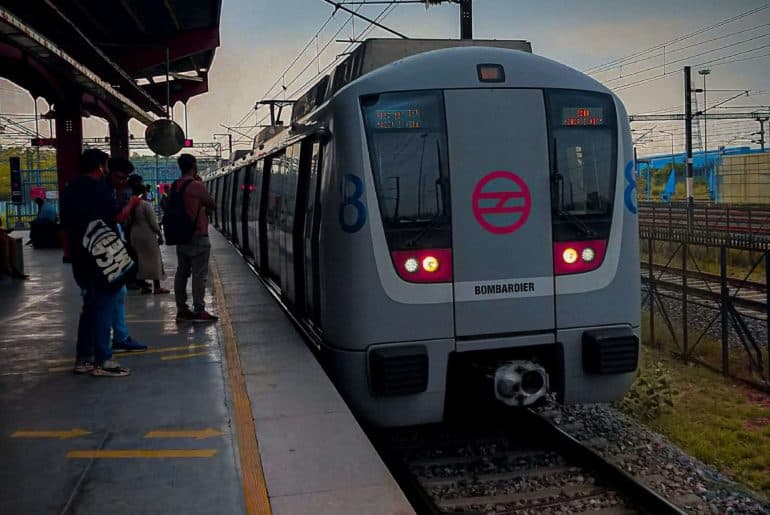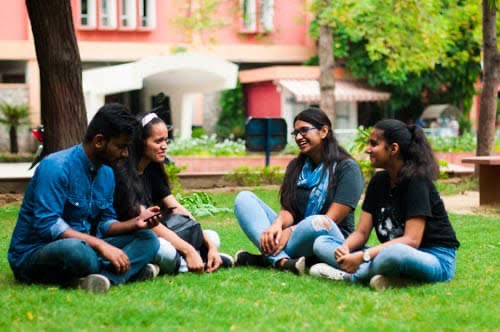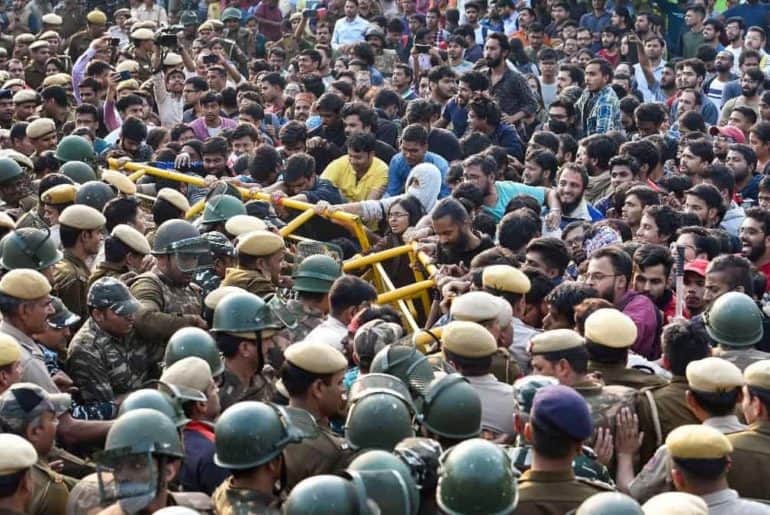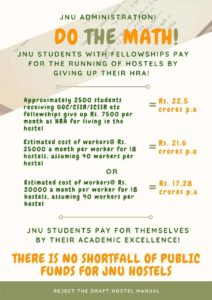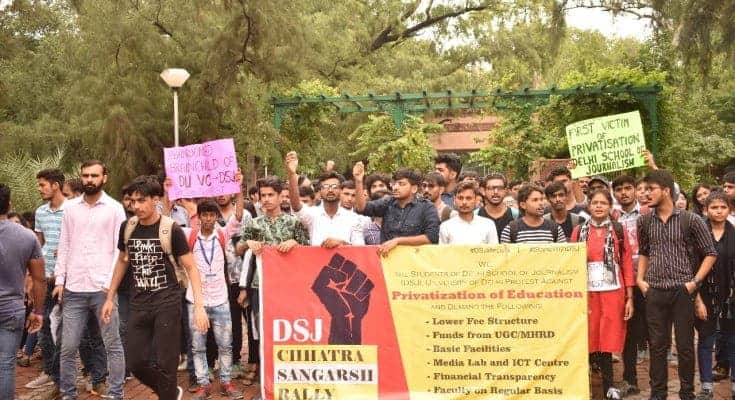Looking at student journalism in Delhi on the occasion of National Press Day, an account of student journalism through the eyes of students.
Journalism was and still remains to this day one of the most dangerous, exciting, albeit under-appreciated professions. The case remains more so, In India. media freedom group, Reporters Without Borders released a report in 2018, which put India fifth on the list of the maximum number of journalists killed in 2018, the death count being six. In the current atmosphere, many students at Delhi University (DU) and universities across India look at journalism as a career option. For many students, this career starts from the undergraduate level through college magazines and organizations such as DU Beat where valuable experience on how a media organization functions can fit into a students timetable.
For many students, working in student media and student journalist has been an enriching experience. As Chhavi Bahmba, a first-year student at Sri Venkateswara College and a correspondent for DU Beat says, “Student journalism has been one of the most liberating things, and the highlight of my college life. It has given me access and a platform to write. Also, people around me also get a voice as I can put their thoughts forward. It’s been a stepping stone to my career.”
There is also the fact that deadlines and missing them are one of the deadliest sins in media, and working as a student journalist inculcates that. Aditi Gutgutia, a first-year student at Lady Shri Ram College says, “It compels me to write as a habit and makes me fight the urge to procrastinate.”
According to Faizan Salik, A student from Jamia Millia Believes that exposure is one of the most important aspects of a student journalist as he goes on to say “ it is a veritable bridge that can expose you to multiple dimensions of life which is untouched otherwise and hence promises some good amount of fermentation in the long run.” He also goes on to talk about how it working for that can be a challenge but that is something that he and several others have had to overcome. He says, “Being a part of something like this in a university like Jamia was a challenge that we at The Jamia Review, a student-run journal of Jamia Millia Islamia has taken a step further and hopes to incorporate everything that it requires to achieve our goals.”
There are, of course, negative aspects too, some of which are synonymous with journalism as a profession. Jaishree Kumar, a third-year student at Ramjas says. “I learnt that journalists are treated badly and worshipped. It is also rewarding and exhausting at the same time.”
There are the obvious downsides of handling so much workload along with regular classes, and another problem put up by Jaishree was how working for student newspapers not associated with the College administration also doesn’t help attendance as even though her teachers are supportive of her work, they cannot give her ECA attendance.
In conclusion, in the current politically charged climate, student media has given aspiring journalists a place to hone their skills. The experience that we get is valuable and the experiences and contacts that we build cannot be found anywhere else.
Feature Image Credits: Scopio
Prabhanu Kumar Das


